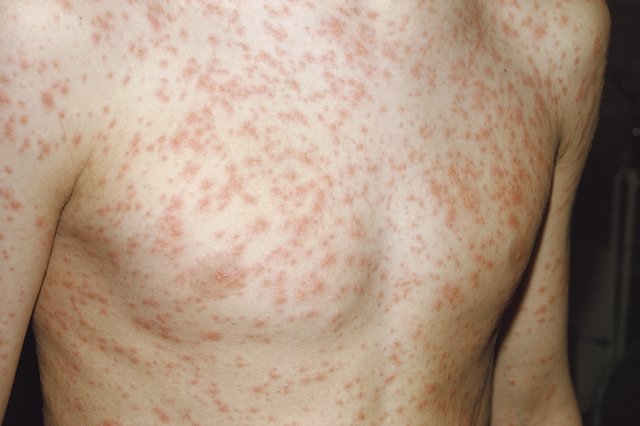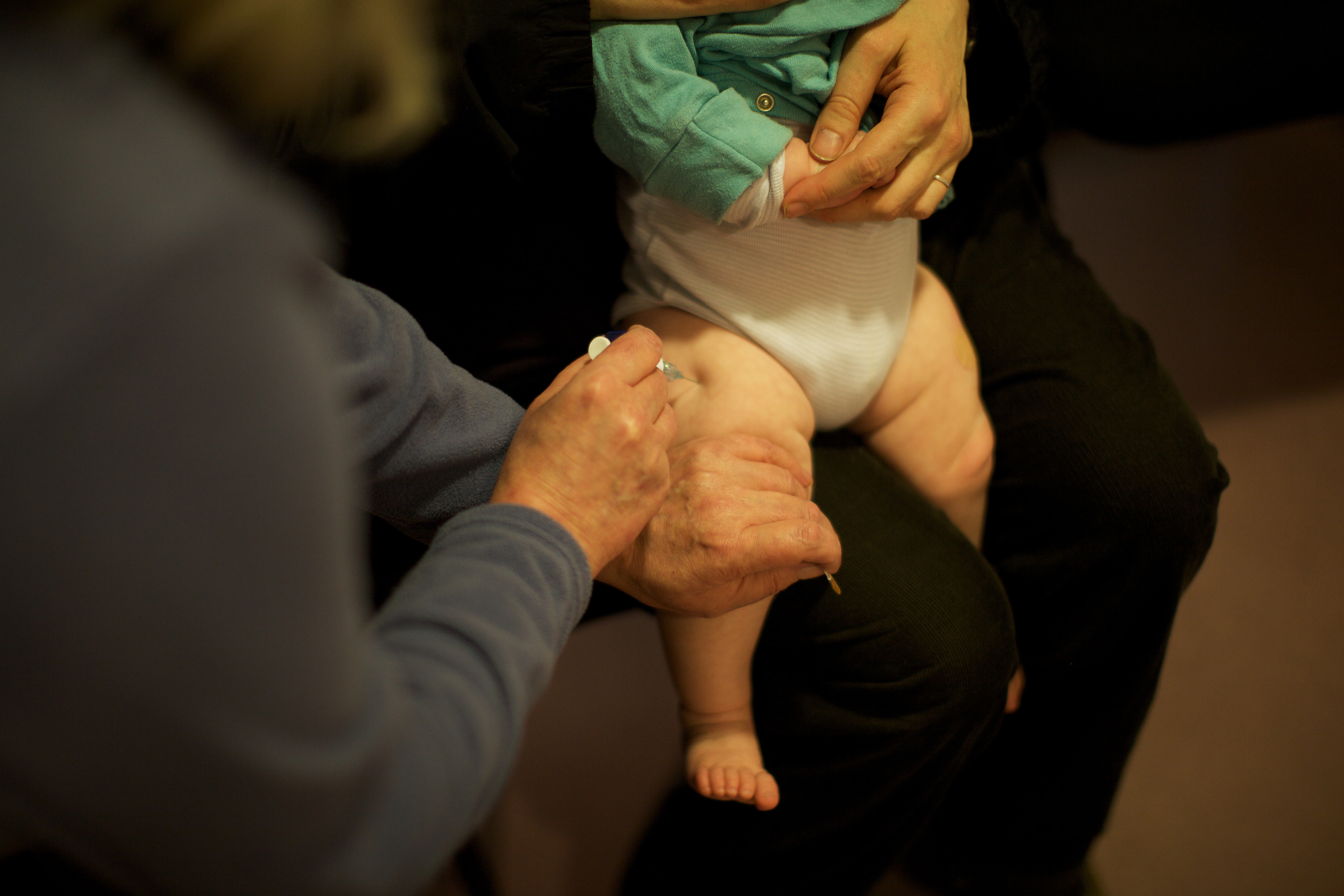Mmr Vaccine Rash 2 Weeks Later, Update Vaccine Side Effects Adverse Reactions Contraindications And Precautions Recommendations Of The Advisory Committee On Immunization Practices Acip
Mmr vaccine rash 2 weeks later Indeed lately is being sought by users around us, perhaps one of you. People are now accustomed to using the internet in gadgets to view video and image data for inspiration, and according to the title of this post I will talk about about Mmr Vaccine Rash 2 Weeks Later.
- Measles Symptoms Nhs
- 3 Ways To Determine The Side Effects Of An Mmr Vaccination
- Mmr Vaccine Rash The Vaccine Mom
- What To Do If You Or Your Child Gets The Measles Parents
- Measles In The U S And The Mmr Measles Mumps Rubella Vaccine Should You Be Concerned Abc Pediatrics Of Dunn
- Why Is The Measles Vaccine So Important Cone Health
Find, Read, And Discover Mmr Vaccine Rash 2 Weeks Later, Such Us:
- Mmr Vaccine Wikipedia
- Measles Healthdirect
- 14 Questions New Parents Ask About Vaccination Public Health Matters
- Chickenpox Vs Measles Symptoms Pictures Treatment And More
- Erythema Multiforme Following Live Attenuated Trivalent Measles Mumps Rubella Vaccine Html Acta Dermato Venereologica
If you are looking for Covid Vaccine Astrazeneca Hold you've come to the perfect location. We ve got 100 graphics about covid vaccine astrazeneca hold including pictures, pictures, photos, wallpapers, and much more. In these page, we additionally have variety of images available. Such as png, jpg, animated gifs, pic art, logo, blackandwhite, transparent, etc.
On rare occasions a rash may also occur up to 6 weeks later.

Covid vaccine astrazeneca hold. It may cause a fever and a mild measles like rash along with a loss of appetite. You were born before 1957 but you work in healthcare or a lab test shows you are not immune. The rash can appear anytime between three days to 1 month after the vaccination although it usually shows up around the seventh to twelfth day following the vaccine.
Most commonly around 12 to 14 days after the injection the rubella vaccine may cause a brief rash and possibility a slightly raised temperature. The second dose should be given at least 4 weeks after the first dose. With the mmr and chickenpox shots fever and rash can occur.
Fever with most vaccines begins within 24 hours and lasts 1 to 2 days. Its rare for the rubella element of the vaccine to cause a rash. At around 2 to 3 weeks after the injection the mumps vaccine may cause mumps like symptoms fever and swollen glands in some children.
Two weeks later he received the second dose of dtap and developed the most severe rash which was a generalized eczematous rash described as deep purple and raw looking. Between six days and 10 days after your child has had the mmr the measles vaccine starts to work. The first dose should be given at 12 months or older.
At five months he received the rotovirus vaccine alone and did not develop any reaction. These symptoms start later. Anyone born before 1957 is generally considered immune.
Children with a rash from the mmr vaccine are not contagious to others. This is because the vaccine contains weakened forms of measles and rubella so symptoms might briefly occur while the persons body learns to fight it off. Side effects at 12 to 14 days.
Rarely a child may get a small rash of bruise like spots about 2 weeks after having the mmr vaccine. You may need 1 or 2 doses at least 4 weeks apart if. One in twenty people who receive an mmr vaccine will experience a mild rash.
The second dose should be given at least 4 weeks later. Who should get the mmr vaccine. They start within 2 hours.
The first dose is generally given to children around 9 to 15 months of age with a second dose at 15 months to 6 years of age with at least 4 weeks between the doses. Children 7 to 18 years who have not had the vaccine should receive 2 doses. There is not treatment for the rash and it should go away after one or two days.
Its been estimated that itp develops in 1 in every 24000 doses of the mmr vaccine given. They usually begin between 1 and 4 weeks. Severe allergic reactions are very rare but can occur with any vaccine.
This side effect is linked to the rubella vaccine and is known as idiopathic thrombocytopenic purpura itp. The rash typically starts as red dots on the chest and neck and fades away after a few days. You may need the mmr vaccine if you do not have evidence of immunity to measles mumps or rubella.
More From Covid Vaccine Astrazeneca Hold
- Astrazeneca Covid Vaccine Mechanism
- Pfizer Covid Vaccine Efficacy Data
- Stocks Going Up Emoji
- Vaccine News Today In Marathi
- Dow Jones Todays Stock Market Today
Incoming Search Terms:
- Rash 3 Weeks After Mmr Vaccine 12months September 2016 Babycenter Australia Dow Jones Todays Stock Market Today,
- Mmr Vaccine Wikipedia Dow Jones Todays Stock Market Today,
- Mmr Vaccine Reaction February 2014 Babies Forums What To Expect Dow Jones Todays Stock Market Today,
- Mumps Immunisation Advisory Centre Dow Jones Todays Stock Market Today,
- Healthy Toddler Died 10 Days After Being Given Mmr Vaccination Dow Jones Todays Stock Market Today,
- Is This A Mmr Vaccine Rash October 2015 Babycenter Australia Dow Jones Todays Stock Market Today,









